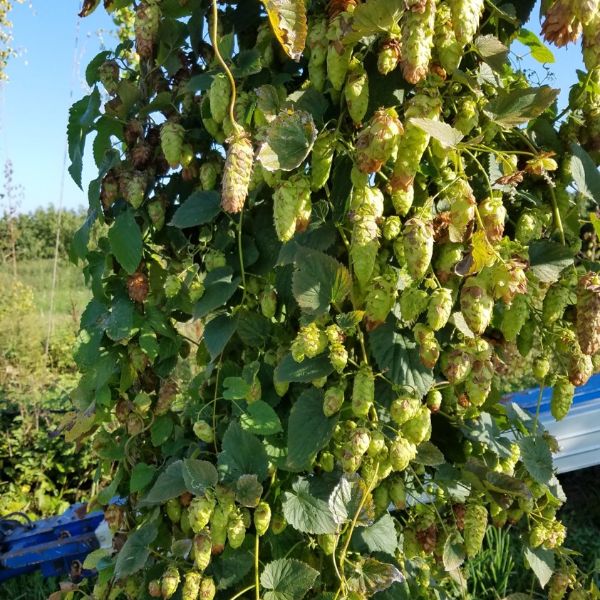Indiana Dept. of Health Guidances Regarding Custom Cider Manufacture
Custom Pressing
Some people have apple trees on their property and wish to have apple cider made from these apples. Performing this service has its own risks that must be weighed by the apple cider processor. The liability issues concerning custom pressing cider may far outweigh the benefits to the operator and customer. It is strongly recommended that an apple press operator not process any of their own products on the same day that they offer custom pressing for the following reasons:
- Questionable quality of the apples that the customer brings in for processing. This could include the use of “drop”, decayed, and wormy apples, or apples that are stored or treated improperly with pesticides or fungicides.
- Potential for contamination carrying over to the next customer. A complete clean up between customers is not always feasible due to the low volume of product each customer has and the time involved.
- Customers using their own containers for pressed cider. The quality and sanitary condition of these containers is not known. The press operator should require customers to use new jugs for cider.
If custom pressing is done, it is recommended that a waiver or agreement be signed by the customer each time that includes the following information:
- A statement that the customer has followed all appropriate sanitary handling techniques as outlined, i.e., not using drops, properly storing and culling the apples.
- The product is intended only for their personal use, and not for sale. (The customer is prohibited from selling the cider)
- Information that the product has not been pasteurized or treated.
Carpe Diem Farmming LLC HACCP Plan for Safe Cider & Other Food Production
DATE: March 15, 2020
RE: Hazard Analysis and Critical Control Point (HACCP) Plan
The First Order hazard to food produced on this farm is environmental contamination by microrganisms, macroorganisms, agricultural chemicals, and fomites (e.g, dirt) that are indigenous and omnipresent in a farm environment.
The Critical Control Point for addressing this hazard is the physical barrier between the farm environment and the enclosed space in which raw foods produced on the farm are disinfected, processed, and stored.
The Standard by which this physical barrier will be measured is adherence to all State and Federal regulations, including but not limited to adherence to any and all Standard Operating Procedures established by Carpe Diem Farming LLC that are applicable to a specific product (e. g., maple syrup, honey, apple cider) being produced. On occasion these Standard Operating Procedures will apply to specific agricultural products (e. g., apples) produced elsewhere and imported to the farm for processing and subsequent distribution.
The Second Order hazard to food produced on this farm is failure to adhere to Standard Operating Procedures during the production of foods within the physical barriers of the production facility.
The Critical Control Points for addressing this hazard are 1) assuring that these Standard Operating Procedures conform to all applicable State and Federal regulations and 2) assuring that these Standard Operating Procedures have been followed.
The Standard by which adherence to these procedures will be measured is real-time documentation that these standards have in fact been adhered to. Source documents for may be either a check list or notations in a notebook maintained during a processing of a crop. Since processing of a crop (e. g., maple syrup) may take several days between harvesting, processing, packaging, “real time” may extend to 48 hours from before the processing has begun to after the processing has been completed and a report form has been filed.
The Third Order hazard to food produced on thus farm is unforeseen circumstances.
The Critical Control Point for addressing this hazard is situational awareness.
The Standard by which situational awareness will be the interval of time between when, in retrospect, the hazard was first present and the time at which the hazard was first a) recognized and b) addressed. The interval between presence and recognition can only be used as a guide to subsequent awareness. The interval between recognition and response, however, can be used, albeit qualitatively more so than quantitatively, as a measure of institutional capacity.
Hops
In 2017 we built a 1000-bine hops yard and a hops processing facility capable of harvesting and processing 125 bines per day.
Neighbors will recall that we put solar fence lights on top of the hundred poles that supported the bines, giving it the appearance that one neighbor described as “a runway for UFOs”.
The lights only lasted for one year. The hops lasted for two, but in 2019 they were all destroyed by downy mildew. We did what we had to do, which was to tear out the entire yard and start all over. We now have 125 Cascade, 125 Crystal, 125 Hallertauer, 125 Kirin, and 250 Mackinac and 250 Michigan Copper. All, even the Hallertauer, have done well, and we expect to have at least limited supplies of them this coming fall.

Meanwhile, our hops processing facility remains fully operational. We have a Hopster® hops harvester, and now, if necessary, a trailer that can transport it to a location within 50 miles of our farm. We can process about one bine per minute, or 125 bines in two hours; setup and cleanup add 30 minutes at each end.
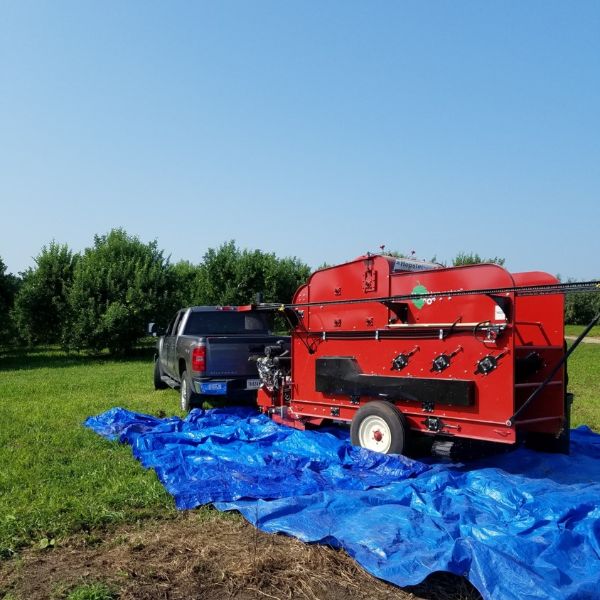
Our goal is to get the hops, ours or someone else’s, into our dryer, by 10:30 am or before the ambient temperature reaches 85 F, whichever comes first. 85 F is the point at which aroma starts to evaporate. Our dryer can reduce the water content of 125 freshly harvested hops from 80% to 20% in 8 hours.
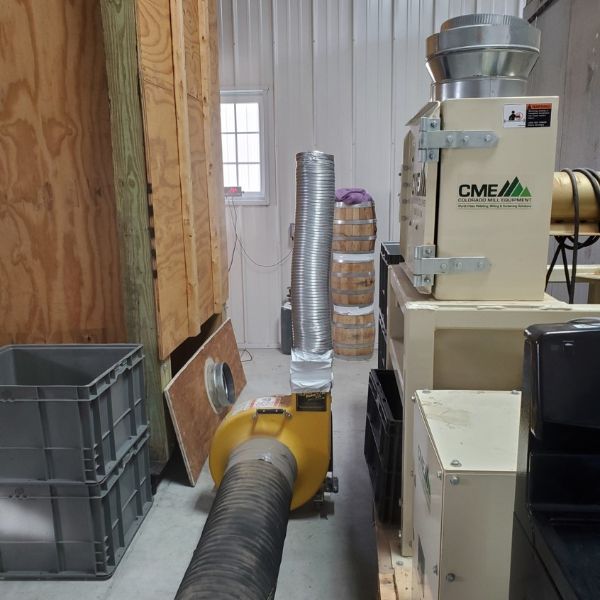
Overnight, we spread the partially dried hops on to the floor of a 8 x 8 x 4’ four person Arctic Tent (just off-camera to the upper left) with two dehumidifiers. By the following morning, the water content of the crop is down to 8%.
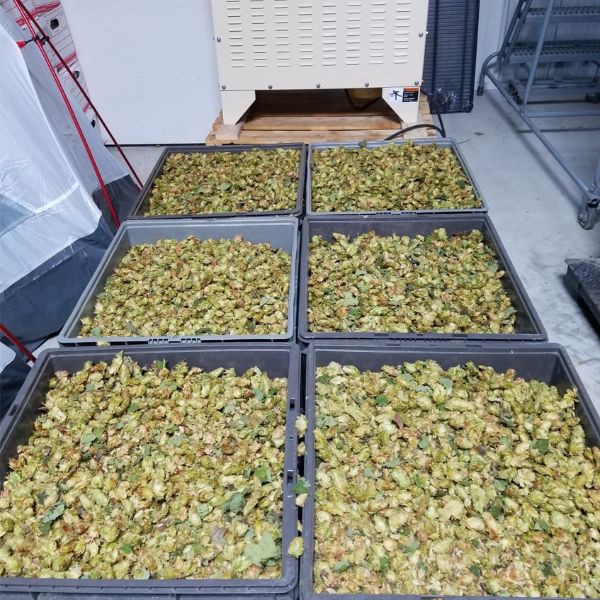
At that point we run the dried hops through our Colorado Mill Equipment milling machine (left) and then our Colorado Mill Equipment pelletizer (right).
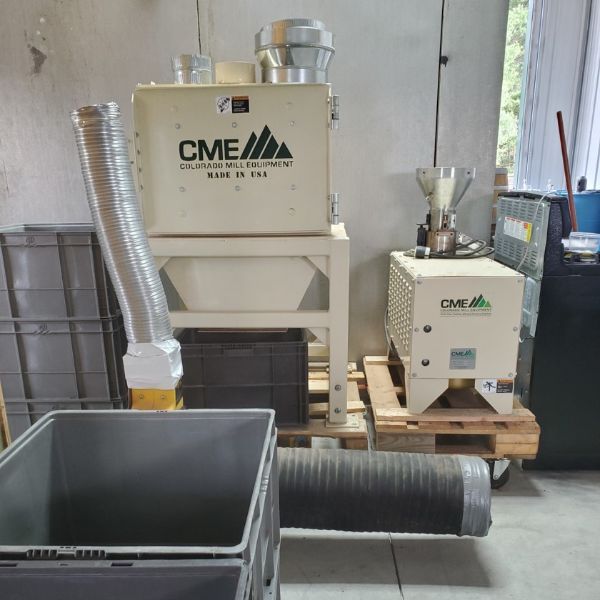
The pelletizer has a liquid nitrogen feeder (seen through the mesh as the golden bronze fitting above the darker fenestrated sprayer) that bathes the pelletizer die to keep it, and the hops as they are being compressed, well below 85 F.
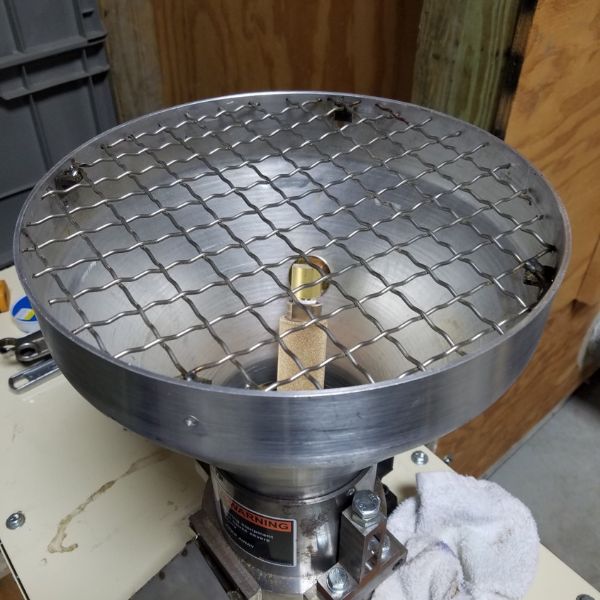
We put a specified number of pellets in each bag using a pharmaceutical pill counter. This assures that each bag has at least its declared weight.
We then seal each package with a vacuum bag sealer that has nitrogen purge capacity, and then store them in our freezer (on which these instruments sit) until purchase or use.

The customer we hope to find would be a home or a microbrewer, either of whom might be interested in blending our hops with other varieties. Because those customers, and for that matter the broader public, may not be familiar with all these hops, we have applied for a Small Brewery License.
Meanwhile, if any local hops growers or dealers would be interested in our harvesting and/or processing capabilities, particularly for extra surge capacity at harvest time or for the smaller number of a specialty hop (for which our processing has been specifically scaled), we would be happy to hear from you.
